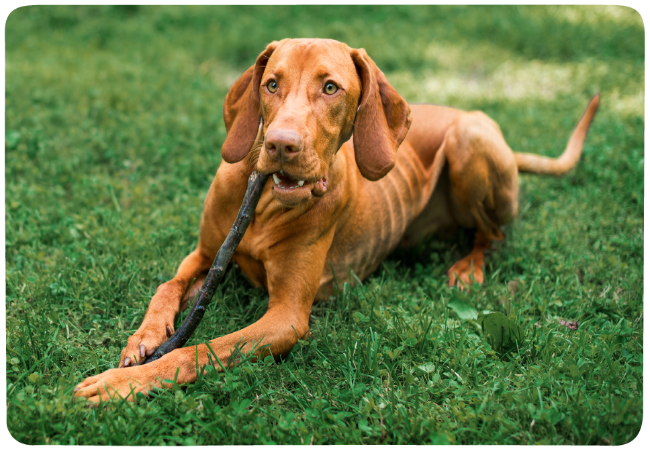How to Help a Puppy Who Isn’t Gaining Weight 2025: Vet Backed Guide 🐾

In this article
How to Help a Puppy Who Isn’t Gaining Weight 2025: Vet Backed Guide 🐾
By Dr. Duncan Houston BVSc
Watching your puppy stay underweight can be worrisome—but most pups just need a little nutritional boost and monitoring. This guide covers how to rule out medical issues, optimize diet, add healthy calories, refine feeding schedules, and create a supportive feeding environment. With tools like Ask A Vet, you can give your pup the best chance to thrive.
1. 🩺 Start with a Vet Evaluation
If your pup isn’t gaining despite eating, schedule a vet visit. Common concerns include parasites, dental pain, GI issues, or metabolic disorders like kidney disease—any of which can suppress appetite.
Veterinarians may recommend fecal exams, dental checks, bloodwork, or imaging to uncover underlying issues.
2. 🧮 Establish Calorie Needs with Puppy Food
Puppies require more energy per bodyweight than adult dogs—up to twice as much.
- Select AAFCO-approved puppy food sized for breed and enriched with protein, fats, calcium, phosphorus, DHA, and vitamin E.
- Domestic large-breed puppies need controlled growth diets (e.g., Hill’s Science Diet or Royal Canin Large Puppy) to prevent joint issues.
- Use measuring cups to accurately portion food—not guesswork.
3. 🍽 Increase Feeding Frequency & Scheduling
Switching from two big meals to small, frequent feedings (3–4 per day) can improve digestion and calorie absorption.
Ensure quiet, stress-free feeding spaces—separate bowls if other pets are present.
4. 🥣 Enhance Diet with High-Calorie Additions
- Wet food mixing: Add canned or fresh food to raise palatability and calories.
- Protein boosters: Cooked chicken, eggs, cottage cheese, yogurt—lean proteins can aid weight gain.
- Complex carbs: Add rice, sweet potato, or pumpkin for calories and gut health.
- Healthy fats: Drizzle olive, flax, or fish oil for calorie density and omega-3 benefit.
- High-value dry food: Consider performance or weight-gain puppy formulas with elevated protein/fat.
5. 🏋️♂️ Promote Healthy Muscle Build with Exercise
Moderate activity stimulates appetite and helps weight shift to muscle over fat.
Light play or short walks before meals can boost hunger—but avoid strenuous activity right after feeding.
6. 📈 Track Progress Consistently
- Weigh your puppy weekly—aim for ~10–15% growth per day in early weeks.
- Use body condition scoring (4–5/9 ideal) to monitor muscle and fat balance.
- Log all food, treats, and weight—share via Ask A Vet for personalized adjustments.
7. 💊 Evaluate Supplement Options
Under vet supervision, consider:
- High-calorie powders or canine weight-gain formulas.
- Fish or coconut oil for extra calories & nutrition.
- Probiotics to aid digestion and nutrient uptake.
Never add supplements without a vet’s advice.
8. 🧘♀️ Create a Supportive Feeding Environment
- Make food enticing by gently warming wet food to increase aroma.
- Distracted eaters may benefit from dedicated, unsupervised feeding times.
9. 🛠 Tools & Support Gear
- Ask A Vet: expert guidance on caloric needs, troubleshooting, and supplement plans.
10. ⚠️ Signs You Should Reassess
- No weight gain after 2 weeks of dietary changes.
- Persistent diarrhea, vomiting, or poor appetite.
- Visible lethargy, pain, or behavioral changes.
If any signs worsen, revisit the vet or Ask A Vet for deeper diagnostics or hospitalization options.
11. ✅ Final Takeaways
- Start with medical evaluation—rule out underlying health issues.
- Switch to high-quality puppy food and increase meal frequency.
- Boost intake with calorie-dense additions, protein, fats, and carb sources.
- Encourage gentle exercise for lean muscle gain and appetite stimulation.
- Track weight diligently and use supportive tools for guidance and stress reduction.






